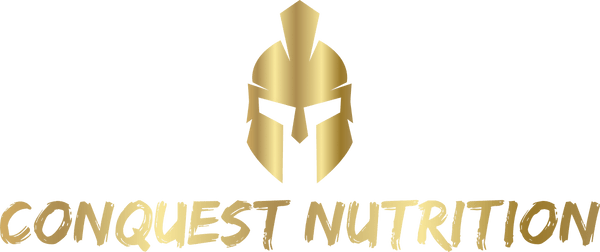Zinc Oxide
Zinc Oxide
Snapshot
Zinc Oxide is an inorganic compound used as a dietary supplement and topical agent, providing bioavailable zinc for immune support, wound healing, skin protection, and antioxidant defense.

What is Zinc Oxide?
Zinc Oxide (ZnO) is a white, insoluble mineral form of zinc. When ingested, it releases zinc ions in the acidic environment of the stomach, contributing to systemic zinc status. Topically, it forms a protective barrier and exerts mild astringent and antimicrobial effects.
Where It Comes From
Zinc Oxide is manufactured by roasting zinc metal or zinc ores in air to produce a fine powder. Pharmaceutical and supplement grades undergo stringent purification to remove heavy metals before formulation into tablets, capsules, lotions, or creams.
Key Nutrients & Compounds
Provides elemental zinc that dissociates from the oxide matrix under acidic conditions. In topical applications, the undissolved ZnO particles reflect ultraviolet light and inhibit microbial growth through zinc ion release.
Health Benefits
Oral Zinc Oxide supports immune cell function, promotes collagen synthesis for wound repair, and contributes to antioxidant enzyme activity. Topical Zinc Oxide protects skin from UV radiation, soothes irritation, and aids barrier restoration in conditions such as diaper rash and minor burns.
Recommended Dosage
For supplementation, typical oral dosing ranges from 15 mg to 30 mg of elemental zinc per day, equivalent to 50–150 mg of Zinc Oxide. Topical formulations often contain 10–25% Zinc Oxide by weight, applied as needed to affected skin areas.
How to Use It
Oral Zinc Oxide should be taken with meals to reduce gastrointestinal upset, avoiding simultaneous high‑dose iron or calcium to prevent absorption interference. For skin use, apply a thin layer of cream or ointment to clean, dry skin once or twice daily.
Who Should Use It?
Individuals with zinc deficiency, frequent infections, delayed wound healing, or inflammatory skin conditions may benefit. Topical use is appropriate for those needing barrier protection, sunburn relief, or treatment of minor skin irritations.
Possible Interactions or Cautions
High oral zinc intake can impair copper absorption and lead to anemia or neuropathy; do not exceed 40 mg elemental zinc daily without medical supervision. Topical use may cause mild skin drying or irritation in sensitive individuals. Consult a healthcare provider if on chelating agents or antibiotics that interact with zinc.
Final Thoughts
Zinc Oxide is a versatile zinc source for both systemic nutritional support and topical skin protection. When used according to recommended guidelines, it promotes immune resilience, wound healing, and dermatologic health with a favorable safety profile.
Scientific Studies
King JC, Shames DM, Woodhouse LR. Zinc homeostasis in humans. J Nutr. 2000;130(5S Suppl):1360S–1366S. https://doi.org/10.1093/jn/130.5.1360S
Gupta AK, Cooper EA, Feldman SR. Impaired wound healing: rethinking the role of topical zinc. Am J Clin Dermatol. 2014;15(5):401–412. https://doi.org/10.1007/s40257-014-0092-8
Solanki M, et al. Efficacy of topical zinc oxide in prevention of radiation dermatitis in breast cancer patients: a randomized study. Breast Cancer (Auckl). 2017;11:59–66. https://doi.org/10.1177/1178223417690881
